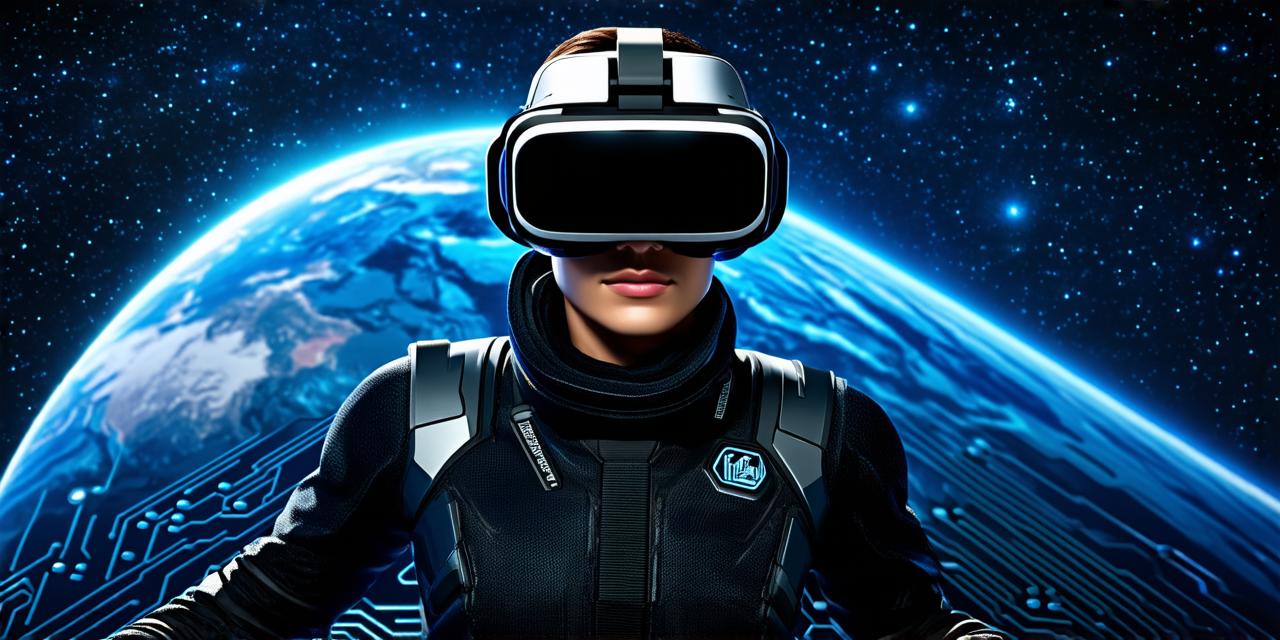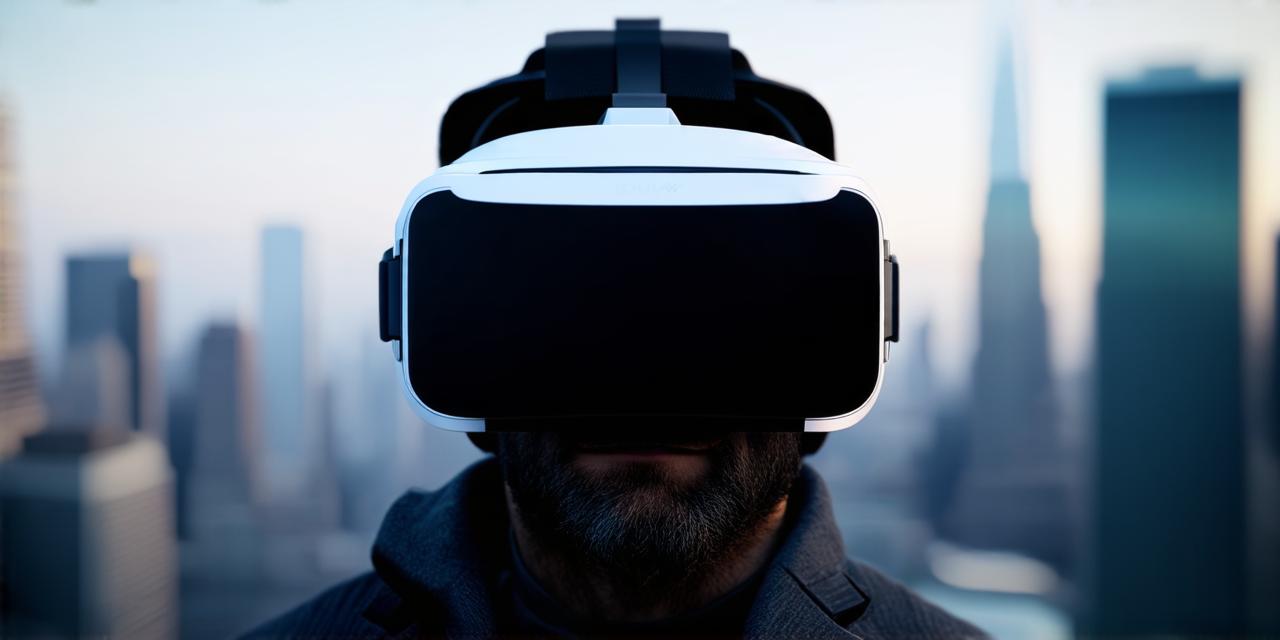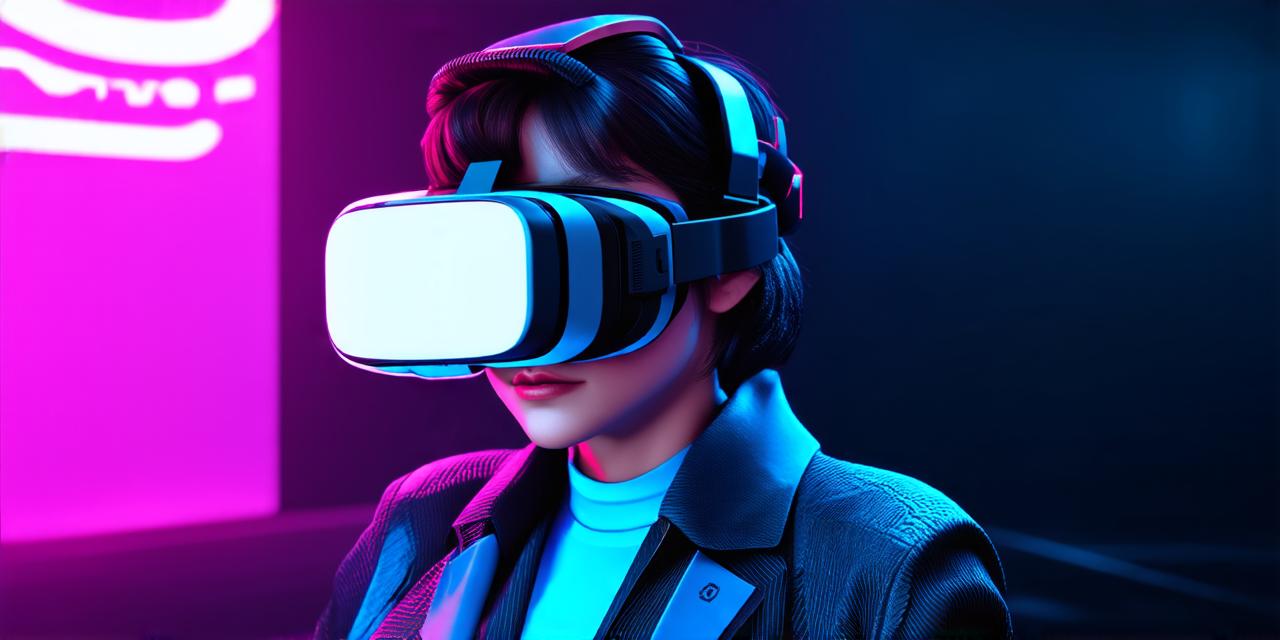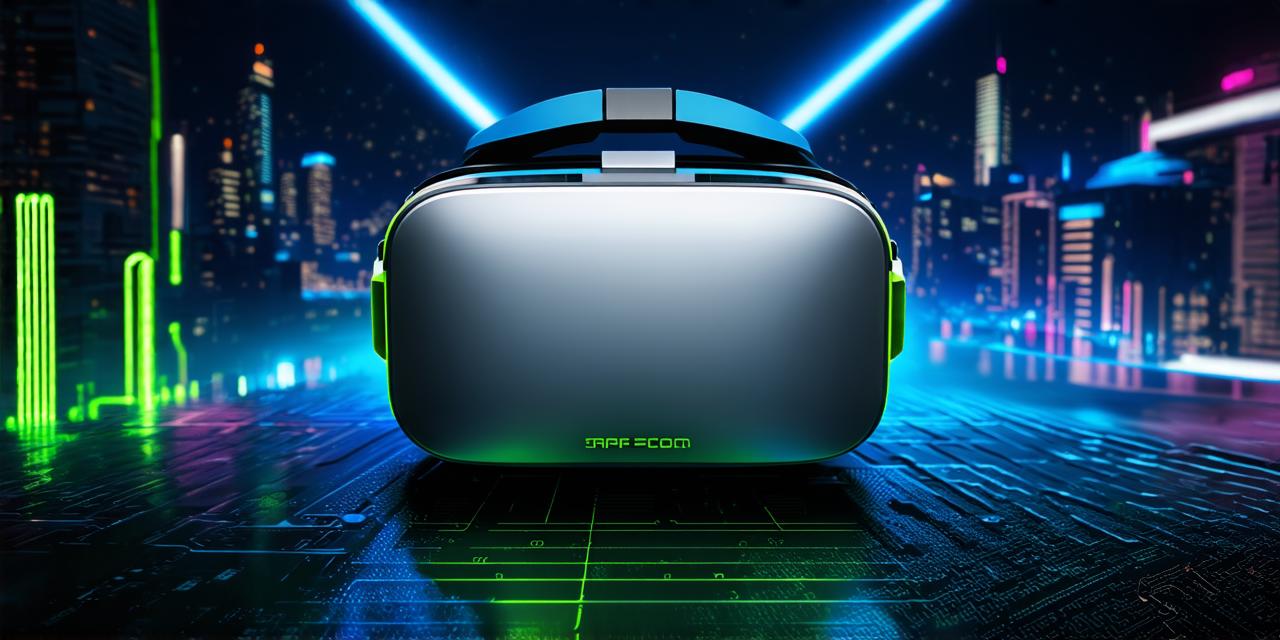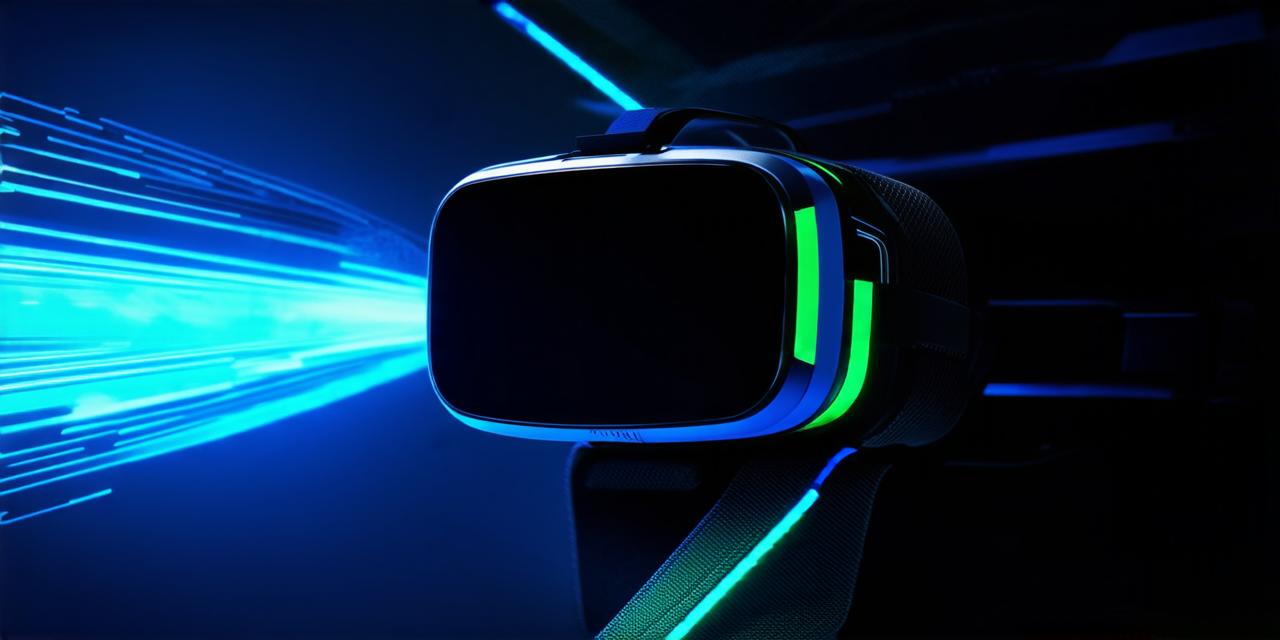The Science Behind Virtual Reality
Virtual reality technology works by presenting a computer-generated environment to the user through specialized headsets that track eye movement and create an illusion of depth and space. The key to VR’s effectiveness lies in its ability to engage multiple sensory systems, including vision, hearing, touch, and even smell.
Research has shown that when the brain is presented with conflicting sensory information, it tends to favor the visual cues over other senses, such as sound or haptic feedback. This phenomenon is known as “sensory conflict” and is one of the reasons why VR can be so immersive and convincing.
Spatial Awareness and Movement
One of the biggest challenges facing VR developers is creating a sense of spatial awareness and natural movement within the virtual environment. While users can physically move around in real life, they are limited by the boundaries of their physical space. In contrast, virtual environments have no such limitations, making it difficult for users to keep track of their position and orientation.
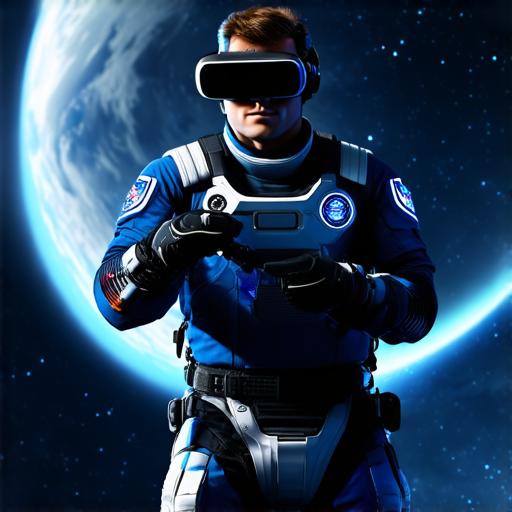
Additionally, VR experiences often involve static environments that do not change or adapt to the user’s actions, which can lead to a lack of realism and immersion. For example, a virtual room may look identical regardless of whether the user is facing forward or turned around, making it difficult to get a sense of direction and navigate the environment effectively.
Exciting Developments on the Horizon
Despite these limitations, there are exciting developments on the horizon that promise to improve the realism and immersion of VR experiences. One such development is haptic technology, which involves using tactile feedback to simulate physical sensations in virtual environments.
Haptic technology has already been used in gaming, allowing players to feel the vibrations of a weapon or the impact of a collision. However, there are also potential applications for haptic technology in other industries, such as training simulations and remote collaboration.
Another promising development is the integration of artificial intelligence (AI) into VR experiences. AI-powered virtual assistants can help users navigate the environment more effectively by providing real-time feedback on their position and orientation, as well as offering suggestions for actions to take based on contextual information.
Real-Life Examples
One example of the potential of VR is in the field of medicine. Virtual reality experiences can be used for training medical professionals in various procedures, such as surgeries or emergency response scenarios. By providing a safe and controlled environment for practicing these skills, VR can help reduce the risk of errors and improve patient outcomes.
Another example is in the field of architecture. Virtual reality can be used to create realistic simulations of building designs, allowing architects to test different layouts and materials before constructing the actual building. This can save time and money by reducing the number of physical prototypes that need to be built.
Conclusion
Virtual reality technology has come a long way in recent years, but there is still much work to be done to improve its realism and immersion.
